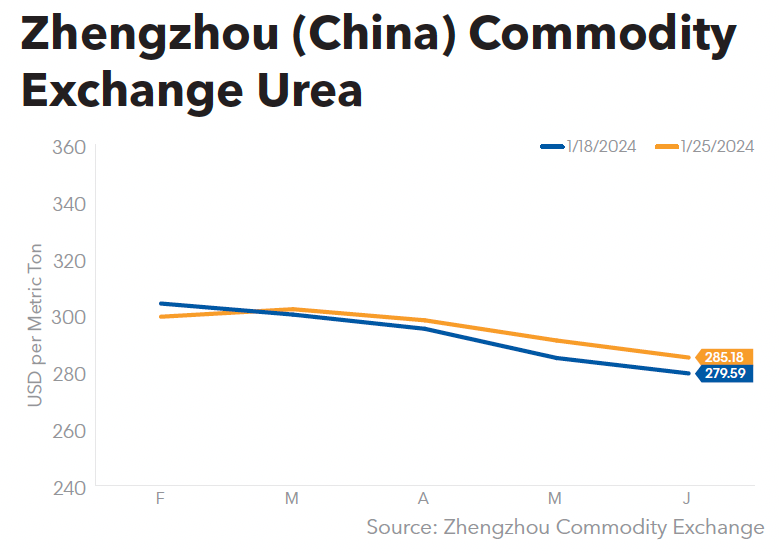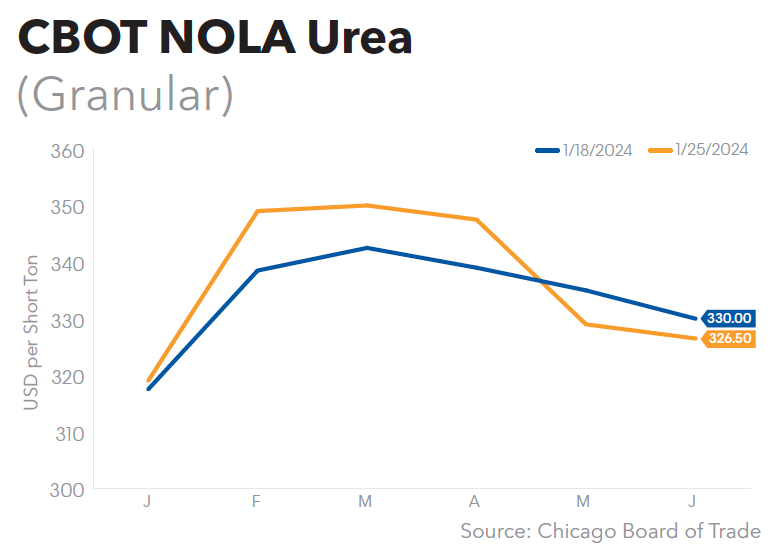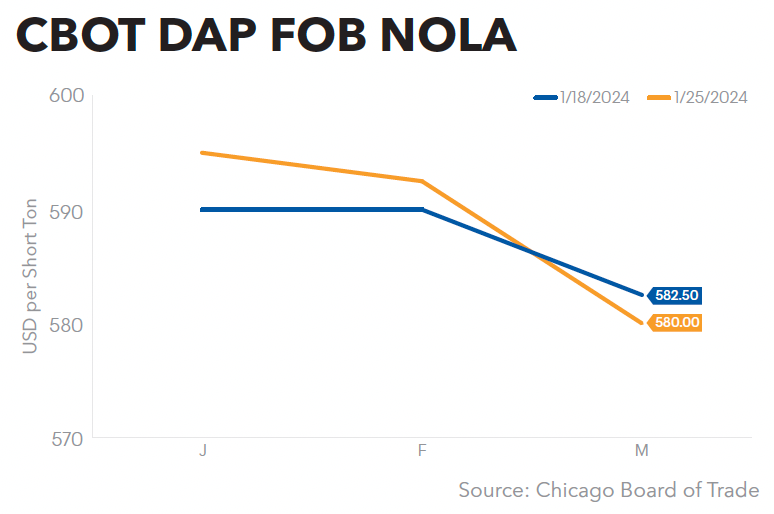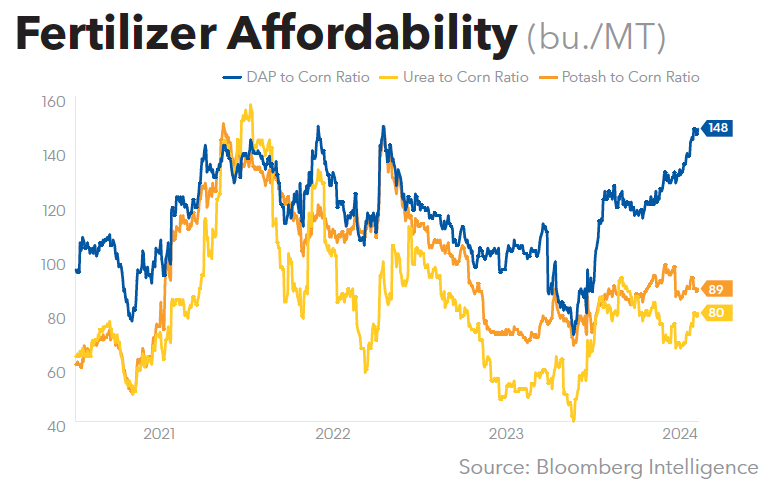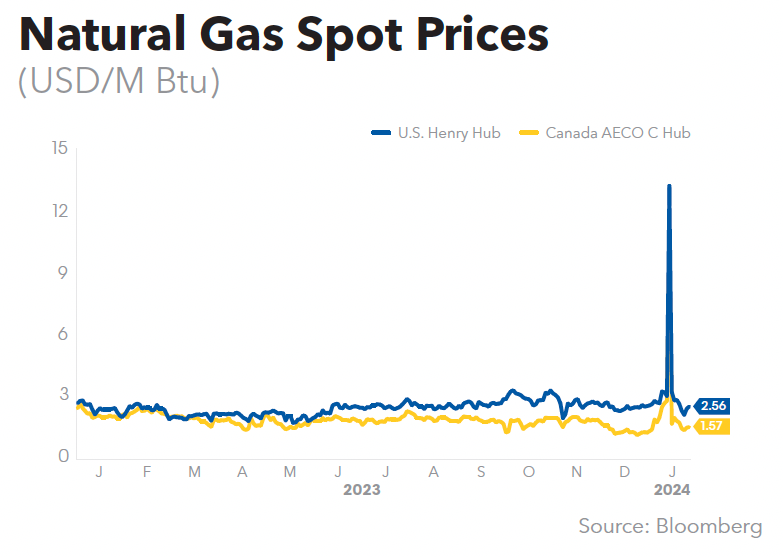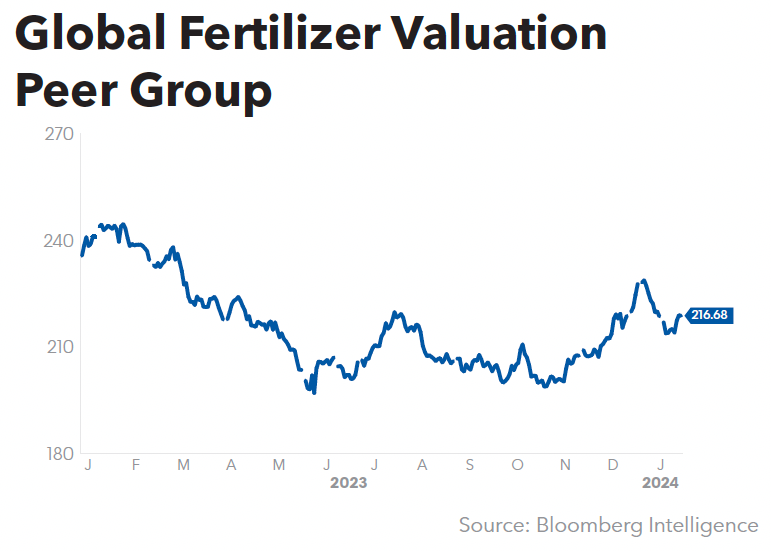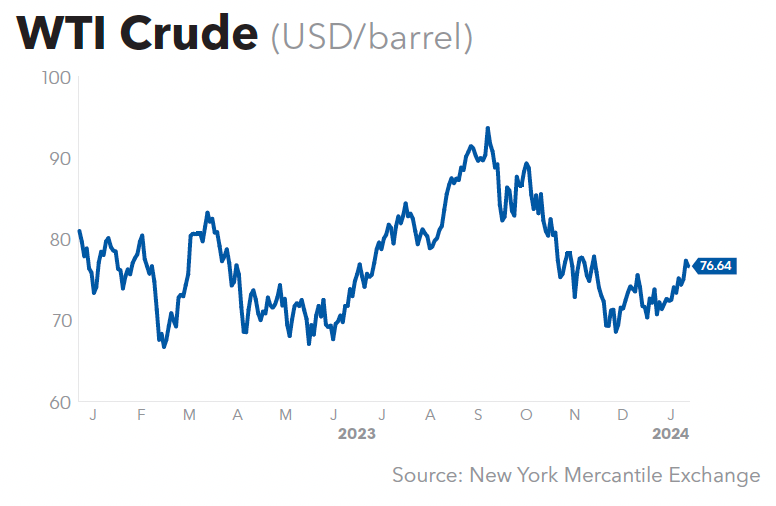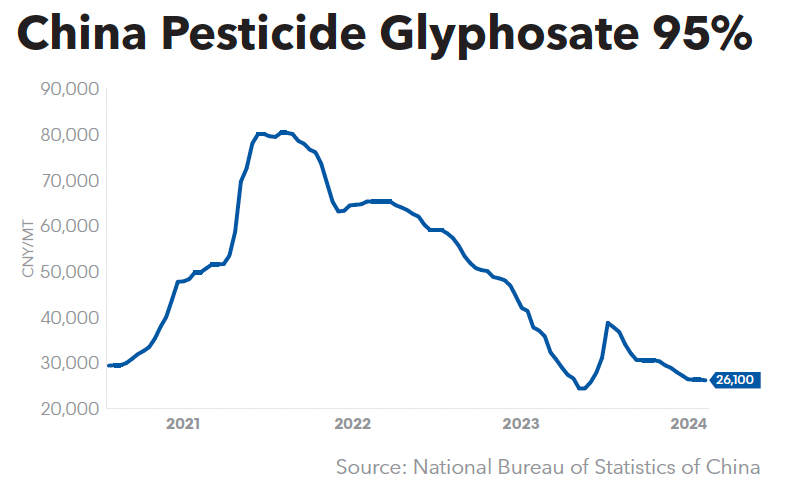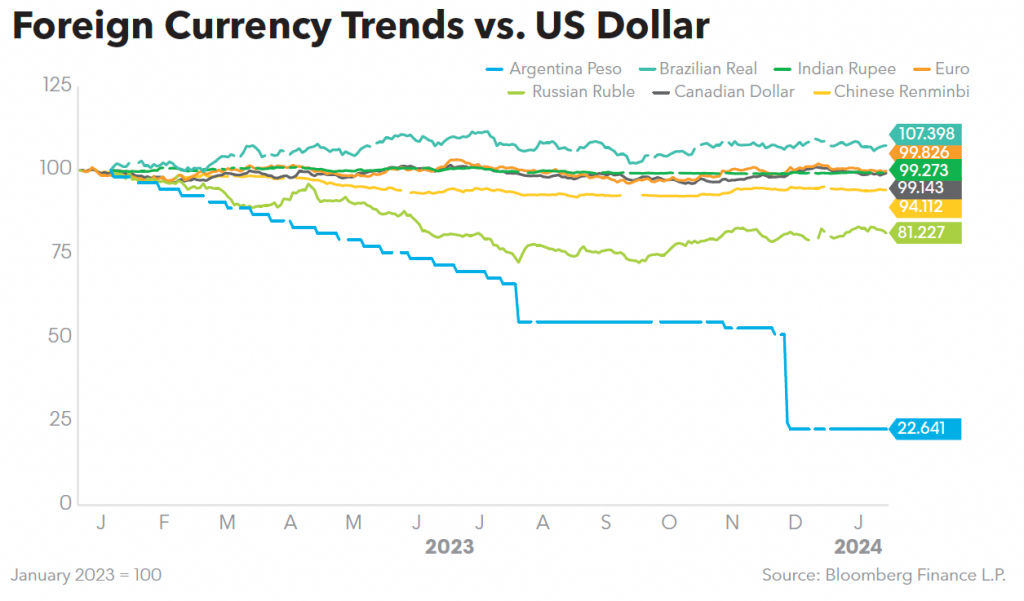Sunoco to Buy NuStar Energy for $7.3 B, Accelerate Ammonia Expansion Opportunities
Dallas-based Sunoco LP (SUN), one of the largest independent fuel retailers in the US, announced on Jan. 22 that it has agreed to acquire pipeline and fuel storage company NuStar Energy LP, headquartered in San Antonio, Texas, for about $7.3 billion in an all-stock deal that is expected to close in the second quarter.
Sunoco fell 7% at 11:01 a.m. on Jan. 22 in New York after plunging as much as 9.7%, while NuStar surged as much as 19%, according to Bloomberg.
“There’s a strong argument to be made that SUN is being opportunistic in buying refined products assets when others are uninterested for what will be a stable to gently declining market over time in gasoline,” said Gabe Moreen, a Managing Director at Mizuho.
The acquisition would expand Sunoco’s crude oil transportation and storage. NuStar’s assets, which include pipelines and terminals for ammonia, oil, chemicals, and other fuel-related products, are mainly in the Midwest and West Coast.
The deal comes just over a week after Sunoco reshuffled some of its assets, selling 204 convenience stores to 7-Eleven for $1 billion and agreeing to acquire liquid fuels terminals in Amsterdam, Netherlands, and Bantry Bay, Ireland, for an amount that has yet to be announced.
Sunoco said the deal will allow it to diversify, increase its ability to use more of its own terminals, buy up a key part of its supply chain, and allow it to optimize fuel supply cost. It will also allow Sunoco to expand its presence across more of the US, the company said.
Recent oil and gas deals have faced regulatory hurdles. Occidental Petroleum Corp. reported on Jan. 21 that the Federal Trade Commission (FTC) has asked for more information on its proposed acquisition of CrownRock LP. Last month, Chevron Corp. and Hess Corp. received a second request from the FTC for additional information on their planned $53 billion deal. But Sunoco executives say they don’t expect the NuStar proposal to face significant antitrust issues.
“I think if you take a look at the combined assets of our organizations, they’re very complementary, and that there’s very little geographic or market overlap that you may typically see in mergers that have historically been of interest to the commission,” said Scott Grischow, Sunoco Senior Vice President, Finance, and Treasurer, in a Jan. 22 analyst call.
NuStar has 9,500 miles of pipeline and 63 terminals, while Sunoco is the largest US independent fuel distributor with 42 product terminals, serving motor fuel to approximately 10,000 convenience stores, independent dealers, commercial customers, and distributors located in more than 40 US states and territories.
Sunoco CEO Joseph Kim told analysts that the company would be able to accelerate expansion opportunities within the NuStar Ammonia System’s 2,000-mile ammonia pipeline. The company sees the potential due to the growing low carbon ammonia capacity, which benefit the pipeline and storage and export out of its St. James, La., facility.
“In fact, projects have been announced for construction in the US for low carbon ammonia production totaling about 38 million tons per year that will be in service between 2025-2030,” NuStar CEO Brad Barron told analysts in a Nov. 2 earnings call.
Barron said that because NuStar’s system runs through the Midwest down to the Gulf Coast, where the vast majority of the announced production capacity will reside, and because of NuStar’s decades of experience in ammonia transport, the company is ideally positioned to become the premier low carbon ammonia provider in the US and to provide export service to Asia, Europe, and other markets.
Barron said the company does not have to expand pipeline capacity but just add connections. Going forward he expects additional volumes from new demand, with firm space on the line garnering a premium. NuStar expects to announce a project with a large global ammonia producer in early 2024. The company spent $25 million for expansion in the segment in 2023.
NuStar is expected to connect a 14-mile ammonia pipeline to OCI Global NV’s Iowa Fertilizer Co. (IFCO) in Wever, Iowa, as early as this month (GM May 5, 2023). The 2,000 pipeline spans seven states from Louisiana, north along the Mississippi River to Missouri, and then northwest and east, to Nebraska and Indiana.
NuStar’s is the only US ammonia pipeline after Magellan Midstream Partners LP’s 1,100 mile line from Borger, Texas, to Mankato, Minn., gradually closed a few years ago (GM March 19, 2021; Aug. 9, 2019).
Sunoco’s general partner is owned by Energy Transfer Operating LP, a subsidiary of Energy Transfer LP. NuStar rejected a takeover attempt from Energy Transfer in 2018. When asked during a conference call on Jan. 22 how the latest NuStar proposal fits with Energy Transfer, Sunoco executives said the deal should be thought of as a Sunoco acquisition.
Sunoco expects $150 million of annual run-rate synergies by the third year following close. It said the deal is immediately accretive, with 10%+ accretion to distributable cash flow per LP unit by the third year following close.
NuStar common unitholders will receive 0.400 Sunoco common units for each NuStar common unit, implying a 24% premium based on the 30-day VWAP’s of both NuStar and Sunoco as of Jan. 19, 2024. Prior to closing, NuStar will make a cash distribution of $0.212 per common unit to its common unitholders.
